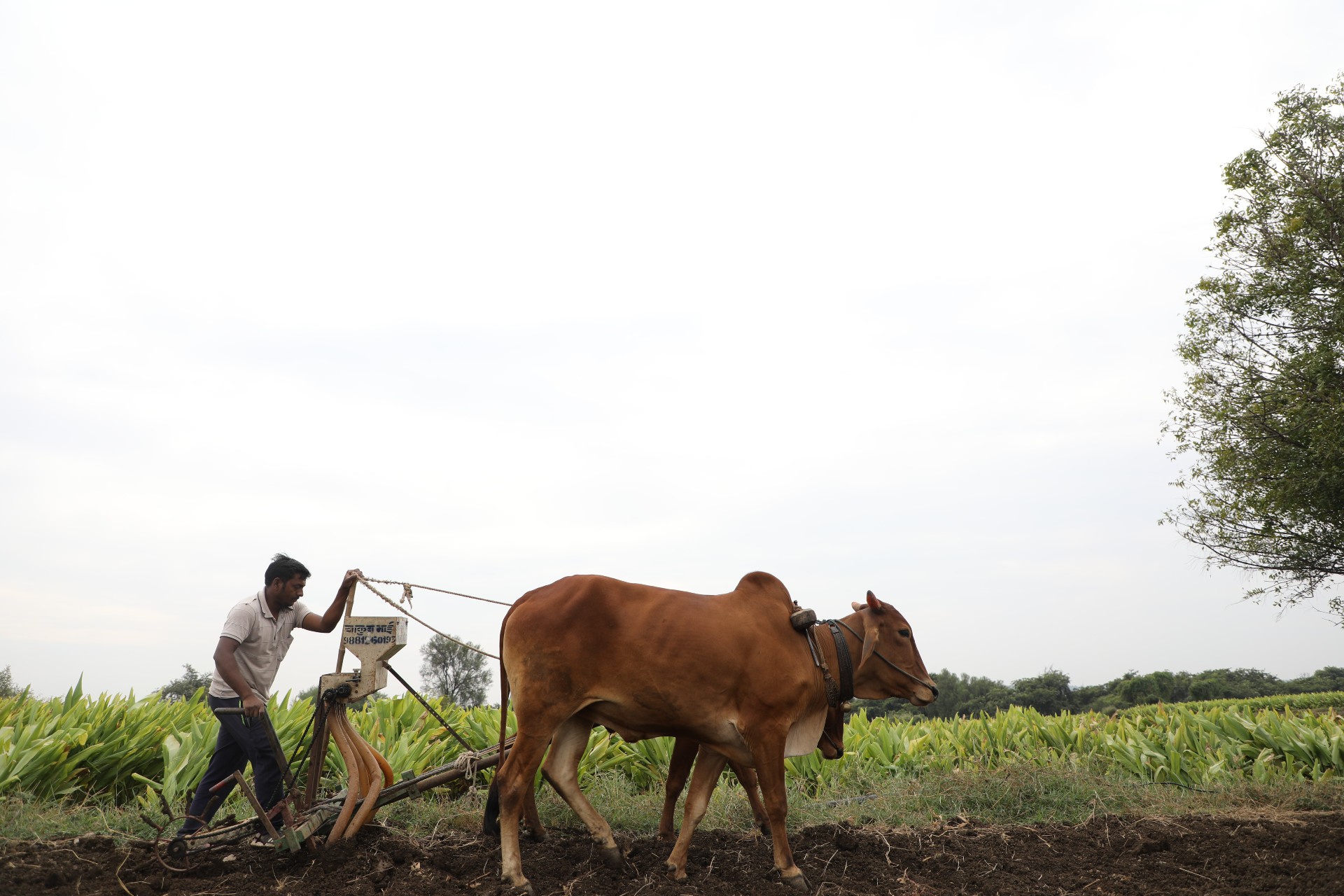As thousands of farmers from India’s states of Punjab, Haryana and Uttar Pradesh flock to New Delhi to oppose the new farming laws passed last September, the government of India has once again taken to its traditional oppressive measures to suppress the protests. On Feb. 10, under extreme pressure, Twitter acceded to the Indian government’s demand to suppress and remove Twitter accounts that openly condemned their response to the massive protests. Due to the government’s threats to jail Twitter’s local Indian employees, Twitter was coerced into permanently suspending almost 500 accounts.
Unfortunately, internet shutdowns and crackdowns on free press has been a consistent trend for India in recent years. According to a report by Top10VPN.com, India has restricted internet usage more than any other nation in 2020 (and suffered major economic costs as a result). When major demonstrations occur in India, such as the nationwide protests opposing the discriminatory citizenship law or the Kashmiri protests over the revoking of Article 370, the Indian government quickly removes its citizens’ access to online information.
However, unlike many other prior protests, this new wave of demonstrations by Punjabi farmers is nearing its fourth month with continued heavy media attention without the Indian government being able to extinguish it — despite internet shutdowns, violent reprisals by the police force and the jailing of prominent activists and journalists.
To understand why India’s current farmers’ protest is different, one must first understand the goals of these people and why these goals have translated into such resilience.
Background of the Protests
While India’s economic status in the global economy is rising as it reigns as the leading exporter of basmati rice, cotton and species, the conditions for the Indian farmers who produce these products are worsening. Despite the fact that more than half of India’s working population works in agriculture, lack of adequate support by the government has left many farmers unable to sustain their own food and housing costs. Income for farmers has been on a sharp decline in recent years as prices are often unpredictable, and middlemen who have formed cartels steal most of the profits. However, even these stolen profits barely amount to anything. Most farms in India are considered to be small — 68% of farmers’ holdings are less than one hectare of land (roughly the size of most sports fields). According to the 2016 Economic Survey, the average annual income of a farming family in most Indian states was 20,000 rupees ($271 USD).
While there are those who would argue that the Indian government has previously attempted to solve the farmers’ issues by providing generous subsidies, exemption from income tax and guaranteed prices for certain crops, these reforms have made little to no difference in the quality of life for most farmers; in the case of the Minimum Support Pricing (MSP), in which the government provided farmers with a fixed price that insures 23 crops against any substantial falls in price, only 6% of farmers received relief.
This failing livelihood is causing a devastating suicide outbreak amongst Indian farmers. Every day, 28 people who depend on farming as their only source of income commit suicide, and a report from the Mahastra state government revealed that 93% of all farmer suicides in the region could be attributed to massive amounts of debt. While it is perhaps a simplistic conclusion to blame the farmers’ suicides on debt alone, Dr. Shamika Ravi from the Brookings Institution has argued that indebtedness can cause one to perceive oneself as burdensome to family and friends, and consequently, the incentive for self-preservation often withers.
Current Protests
Previous laws had forced farmers to sell their goods at auction at their state’s Agricultural Produce Market, which are often run by committees of farmers who handle the sales, storage and transport themselves. The unrest amongst the farmers finally came to a boil once the Indian government passed three new laws that would dismantle this government market system and allow farmers to sell their goods to anyone at any time. While the first law, the Farmers Produce Trade and Commerce (Promotion and Facilitation) Bill would allow farmers to deal directly with large corporations, the second law the Farmers (Empowerment and Protection) Agreement of Price Assurance and Farm Services Bill allows farmers to negotiate contracts with the promise of “price assurance,” an echo of the previous MSP. The third bill, The Essential Commodities (Amendment) Bill, will reduce stockpiling and remove commodities like potatoes and cereals from the list of essential commodities. This would seemingly allow farmers to move, hold and distribute their products as they chose.
Claiming that the passing of these laws would be “a watershed moment in the history of Indian agriculture,” Modi says that these reforms will push farmers to sell produce directly to private buyers, which will then stimulate growth and improve the quality of life and income of farmers. Modi has previously promised in 2016 to boost the country’s agriculture sector and double the income of farmers by 2022.
However, it is the farmers’ distrust of previous reforms that have driven them to protest in New Delhi. Farmers are wary that they will lose their land and income if big private businesses are allowed to decide prices and buy crops. Gurnam Singh, a prominent leader in this movement, expressed this sentiment: “We don’t trust big business. Free markets work in countries with less corruption and more regulation. It can’t work for us here.”
Response to the Protests
Arriving in large trucks and tractors from across India, up to 100,000 people set up multiple blockades across the country throughout the last four months. On Feb. 6, tractors, trucks, tents and boulders were all used for a three-hour blockade at 10,000 sites. These farmers have been mostly living in tents sprawled across the highways of the capital.
Most of the protests have been peaceful, but there have been instances of unintentional violence. On Jan. 26, also known as Republic Day in India, the Joint Farmer’s Front had planned a peaceful march in Delhi, replicating Gandhi’s Salt March opposing the British — the Indian government had even approved the plan. However, a group of protesters peeled off the demonstration route ahead of time and fought with police officers who refused to allow them to enter, using tear gas and batons as a deterrent. This violent skirmish left hundreds injured and resulted in the death of one farmer, whose tractor was overturned.
Even though farmer leaders have condemned this violence, the Indian government has used these instances to increase suppression, even adding steel barricades and iron spikes around protest sites to bar demonstrators from entering Delhi. They have also used this face-off to increase propaganda against the farmers, likening them to vandals. However, the farmers have stayed resilient with the support of many Indian and international citizens.
Despite the fact that negotiations have continued for months between the two parties, no real solution or compromise has arisen. While government officials have shown their willingness to amend the laws, these amendments have been strictly rejected by farmers who allege that the government was not sincere in its efforts.
The Supreme Court of India has temporarily suspended these three laws, prompting the government to respond that it was willing to suspend the laws for another 12 to 18 months.
However, farmers are not willing to leave without the laws being fully repealed.
The protests and the Indian government’s subsequent brutal response has even caught the eyes of major celebrities such as Rihanna. This has angered many Indian government sympathizers and even the Indian government itself.
Since the Indian government is trying so hard to suppress voices that oppose their treatment of farmers, it is our job to ensure that we amplify their concerns. More media coverage on this topic will further pressure the Modi government to heed the farmer’s demands. There are also many relief groups that are offering aid to the farmers, such as Khalsa Aid and Sahaita.
We must show respect to the people who produce the items that are so vital to our daily lives. I urge you to do whatever you can to support these farmers.

















